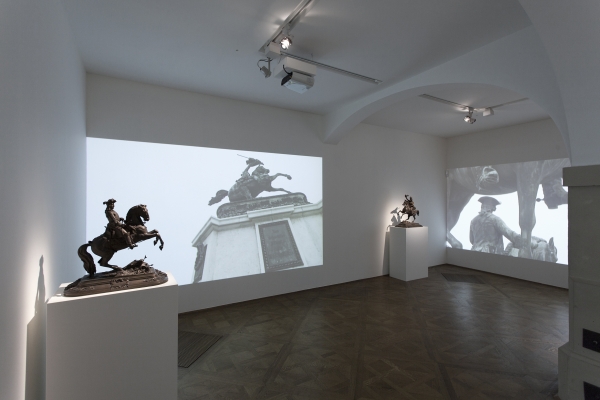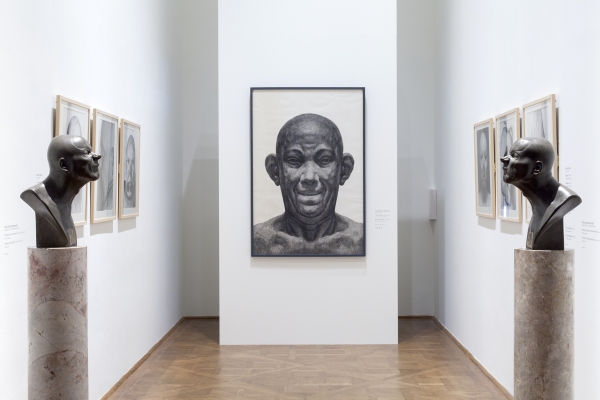Baroque – since 1630
Belvedere, Vienna, 27. 02 – 09. 06. 2013

The era of Maria Theresa is widely seen to epitomize the magnificent Baroque style and luxurious splendor. The many abbeys, monasteries, and palaces dating from the seventeenth and eighteenth centuries ŌĆō including Prince EugeneŌĆÖs former summer residence, the sumptuous Belvedere ŌĆō have shaped the image of Austria to this day, further cemented by the revival of the Baroque style in Historicism. The exhibition Baroque since 1630 reflects this connection between country and style as a symbol of national identity by posing the questions: What is Baroque and how do we identify with it today? The show traces various strands in the development of Austrian art and focuses on artists from later generations. By combining works by Anton Faistenberger, Gerhart Frankl, Oskar Kokoschka, Hans Makart, Franz Anton Maulbertsch, Franz Xaver Messerschmidt, Lilly Steiner, Paul Troger and other artists, the show should convey that far from wallowing in the past, Baroque in fact formed the foundations of modernism.
In 1923 ŌĆō now ninety years ago ŌĆō the Austrian Baroque Museum was opened in the Lower Belvedere. The aim was to present the public with a coherent impression of this glamorous epoch, which to this day is associated with splendor, luxury, and opulence, and to establish Baroque as a significant chapter in Austrian art history. The exhibits were originally from various state collections, augmented by loans from private collections and the Church. Thanks to active acquisitions ŌĆō currently there are over 900 masterpieces in the museumŌĆÖs Baroque holdings ŌĆō the Belvedere today has one of the greatest collections of art from the styles Baroque and Historicism, including the largest cohesive collections of works by Franz Anton Maulbertsch and Franz Xaver Messerschmidt.

